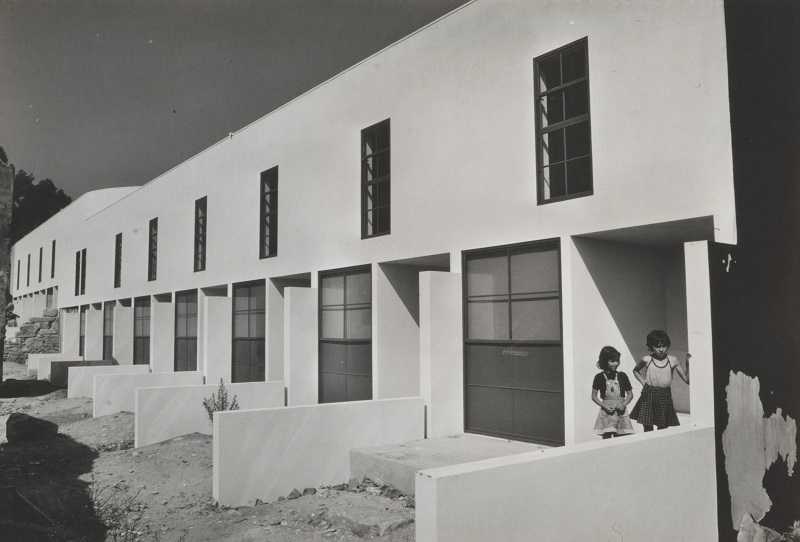Housing as Housing: The SAAL Process and São Victor Brigade
Michael Cohen, Architecture Brigade, USA
Awards RIBA President's Awards for Research 2017
Category Housing (Annual Theme)

After the 1974 Carnation Revolution, which ended almost 50 years of Fascist rule in Portugal, the underserved working class population collectively organized and demonstrated an unprecedented display of popular power. In response to widespread demands for affordable and quality housing the nascent central government created The Local Ambulatory Support Service (SAAL). Envisioned as a process rather than an organization or policy, SAAL deployed small-scale brigades of architects and engineers to work directly with communities on the design of new housing. This participatory process, which was embedded in the realities of urban life, re-defined the discipline of architecture while preserving the technical expertise of the architect. SAAL projects defied the conventions of orthodox domestic space and were oriented to support a mode of dwelling defined by mutual solidarity and shared ownership. Under the auspices of SAAL, the architectural process of production, formal output and user inhabitation were re-envisioned to serve non-hegemonic goals. Against the general tendency of architects to separate form and politics, this investigation aims to discern how the formal specificity of the SAAL housing projects index the collective aspirations of the Portuguese multitude. A close reading of architectural composition in correlation to the distinct political objectives of the urban movement is conducted using formal and textual analysis. The São Victor project, located in Porto and executed by the Brigade led by Álvaro Siza Vieira, provides a concrete subject for thorough graphic scrutiny. Ultimately, analytical drawings of São Victor reveal that acute architectural features were generated in response to the communally defined dwelling and civic needs of the working-class constituency.






